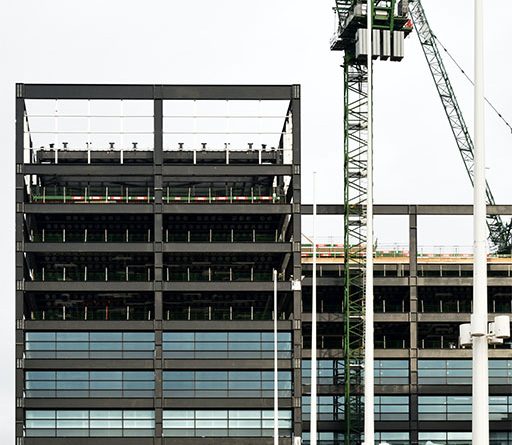Shaping Young Lives: The UK’s Inquiry into the Built Environment and Youth Well-being
In a landmark initiative, the UK’s Levelling Up, Housing, and Communities Committee (LUHC) is conducting an inquiry that puts the spotlight on the built environment and its influence on the well-being of children and young people. This investigation, an example of built environment networking at a governmental level, seeks to unravel how planning, construction, and urban design can be aligned with the needs and health of the younger population.
What is built environment?
The concept of the ‘built environment’ encompasses all human-made spaces where we live, work, and play. It includes buildings, parks, and infrastructure, essentially shaping our daily experiences. The inquiry led by Clive Betts, Labour MP, is a pioneering effort to dissect how these spaces interact with the mental and physical health of the younger demographic in England.
Key inquiry areas include:
- Youth Engagement with Public Spaces: Understanding how children perceive and use outdoor areas in different settings, whether in urban or rural landscapes.
- Variations in Experiences: Analysing how these interactions differ based on socioeconomic, racial, and gender lines.
- Accessibility to Key Areas: Investigating the ease of access to outdoor spaces and educational institutions.
Reassessing Planning Systems
A critical dimension of the inquiry is scrutinising the effectiveness of existing planning systems in meeting the needs of young citizens. This assessment delves into how well the voices and needs of children and young people are reflected in urban planning and development policies. The committee is not just examining the current state but also looking for avenues to make these processes more inclusive and responsive to the younger generation’s needs.
Best Practices and Policy Implementation
The inquiry is also highlighting examples of successful policies and practices, both within the UK and internationally, that have positively impacted the built environment for young people. This approach not only seeks to identify what works but also how such successes are measured, using indicators like economic impact or improvements in health and well-being.
Cross-Departmental Collaboration in Government
Recognising that the built environment intersects with various policy areas, the inquiry is exploring the collaborative efforts across government departments. This includes areas like public health, transport, and environmental sustainability, aiming to understand how integrated policies can better serve the needs of children and young people in the context of their built environment.
Inclusive Approach to Policy Making
The LUHC Committee’s approach in inviting public submissions and detailed responses to their queries represents an inclusive model of built environment networking. By encouraging diverse viewpoints and experiences, the committee is ensuring that its findings and subsequent recommendations are well-rounded and representative of the population’s varied experiences.
The Way Forward: Integrating the Built Environment in Youth Policy
This inquiry by the UK’s Levelling Up Committee marks a significant step in understanding and improving the built environment for the younger generation. It showcases an exemplary case of built environment networking at a policy level, where diverse stakeholders, from urban planners to health professionals, are contributing to a comprehensive understanding of how our urban spaces can be tailored to enhance the lives of children and young people. As cities continue to grow and evolve, this inquiry sets a precedent for how we might think about and design our built environments, not just as spaces for living and working but as integral components in nurturing healthy, happy, and engaged young citizens.
